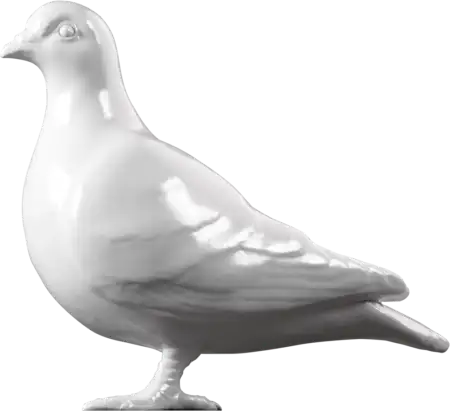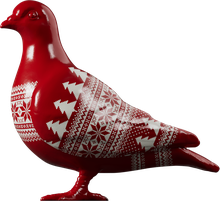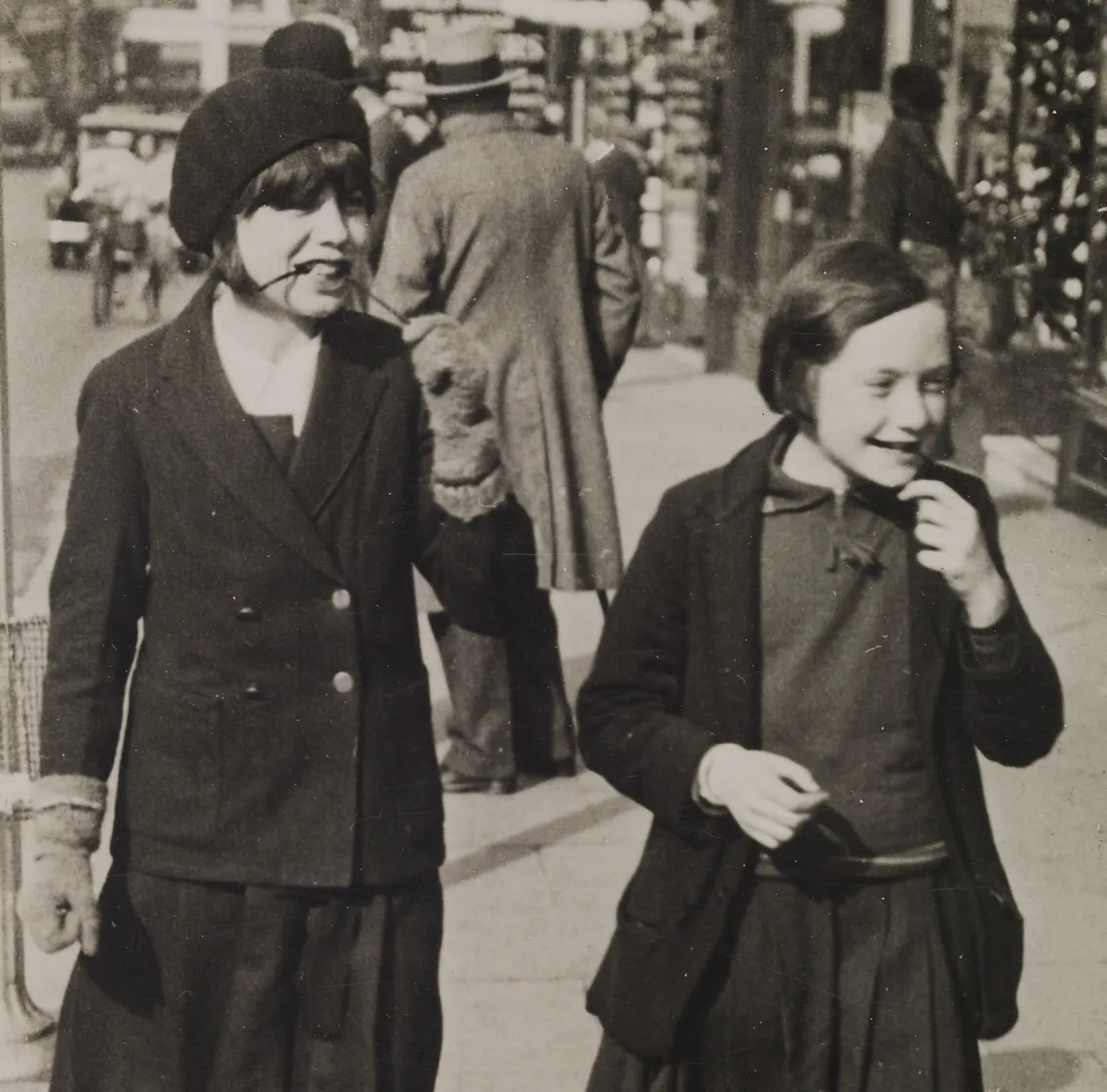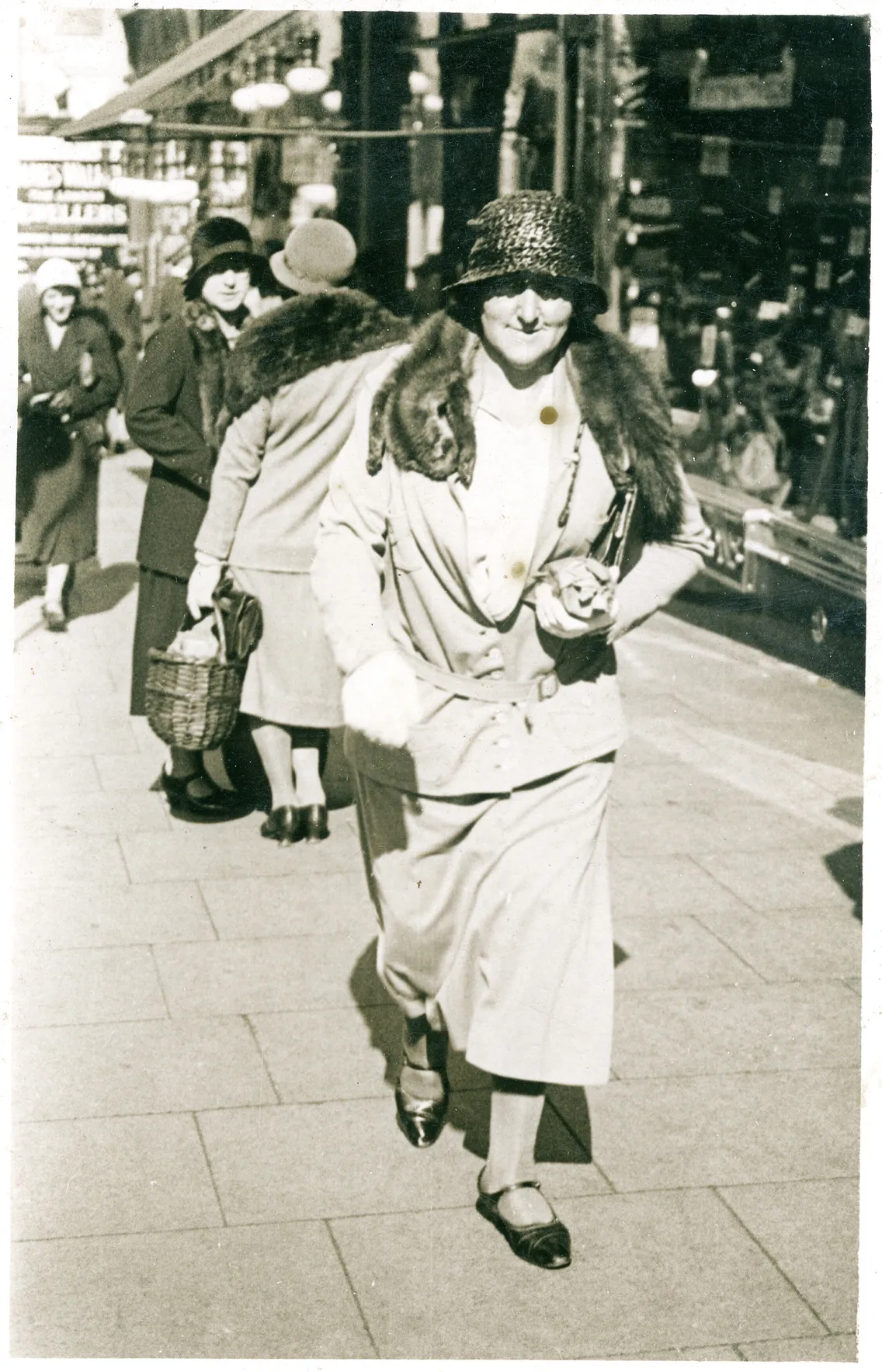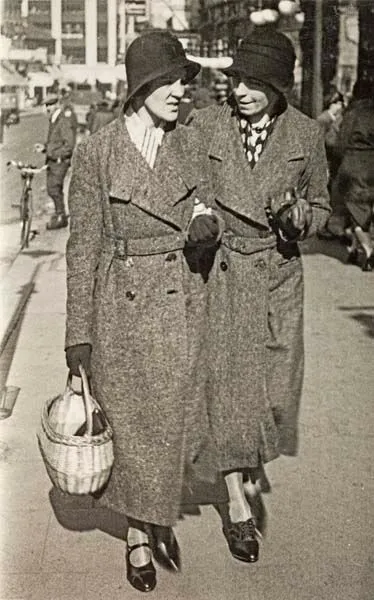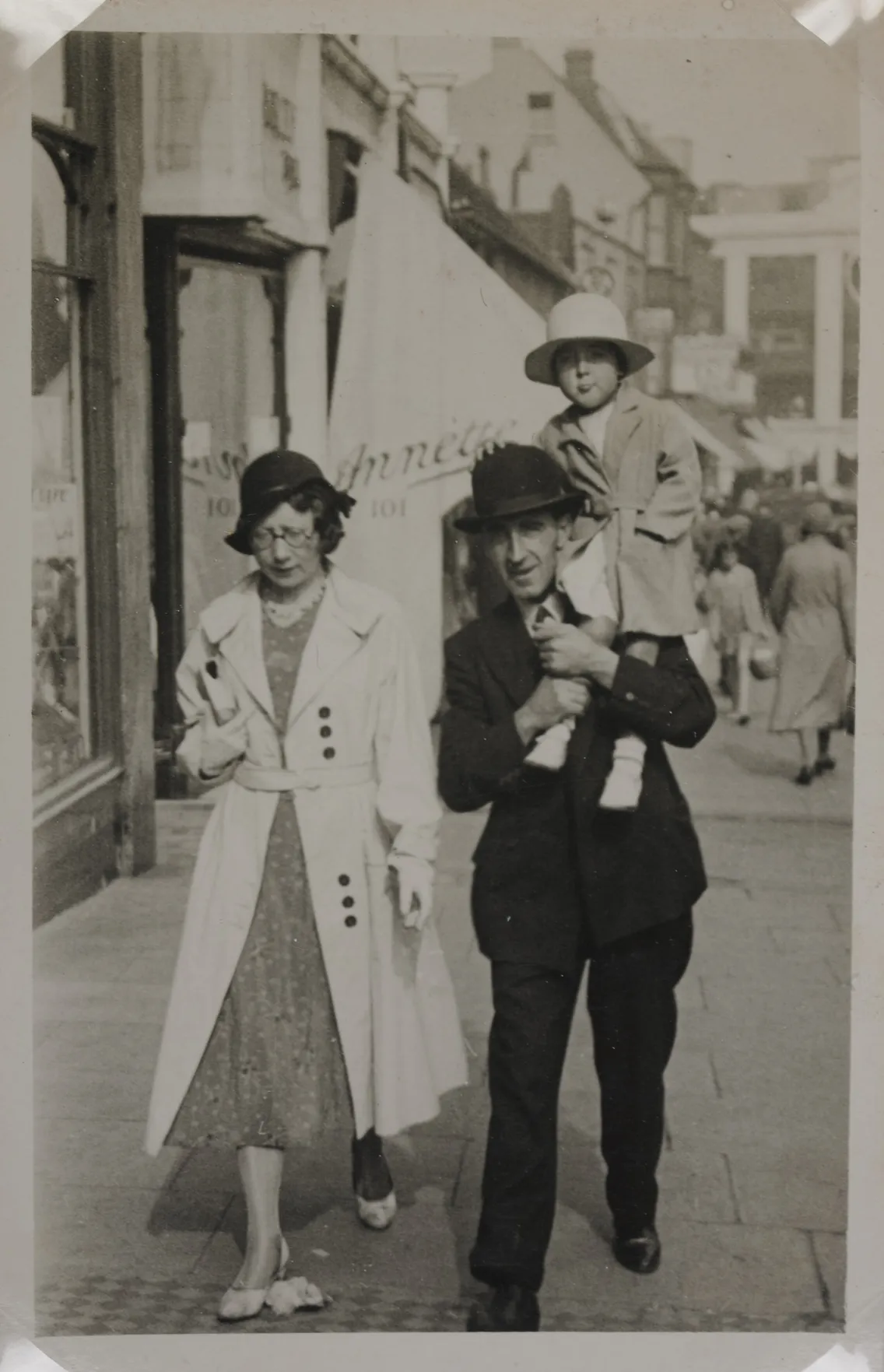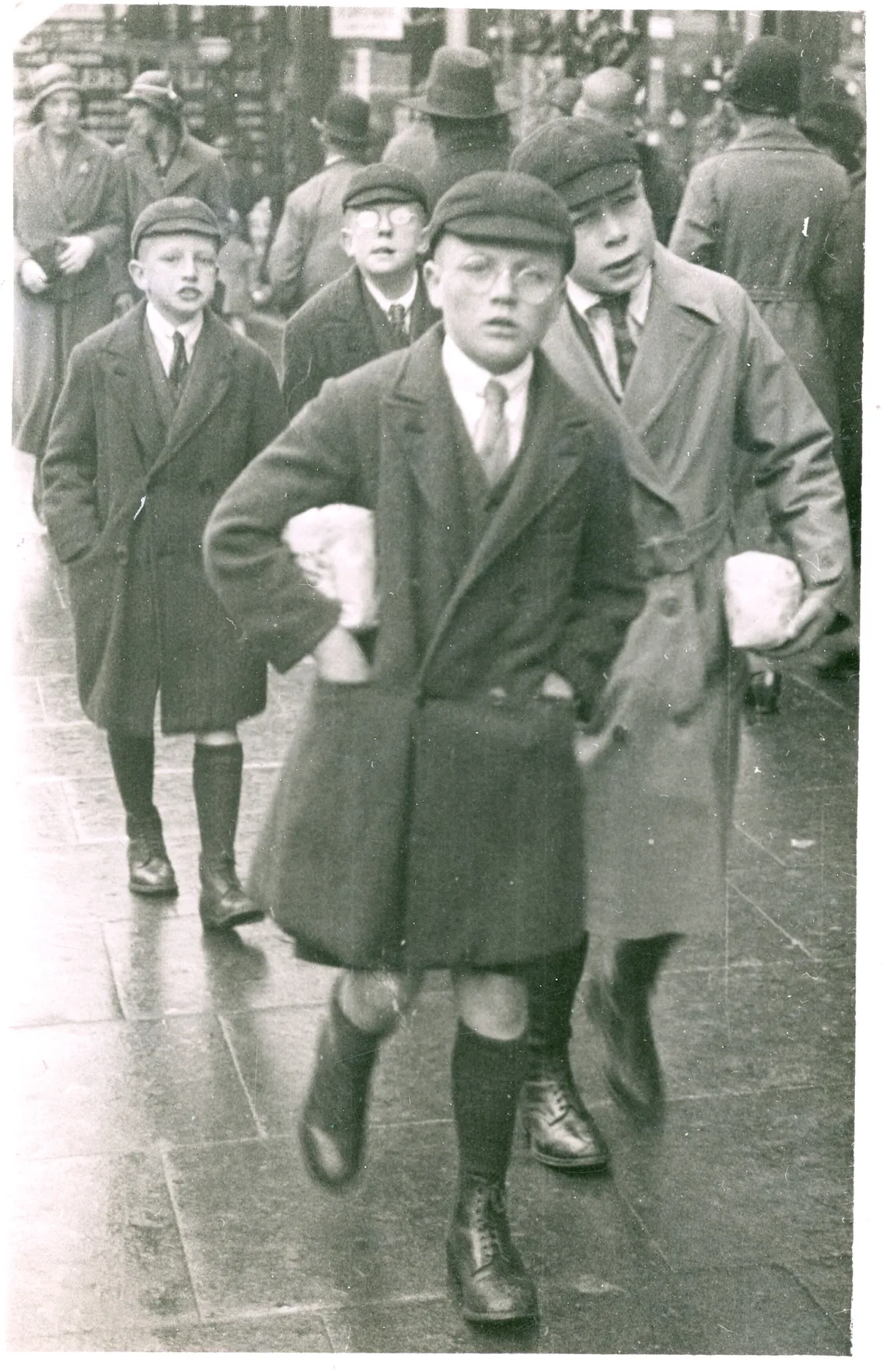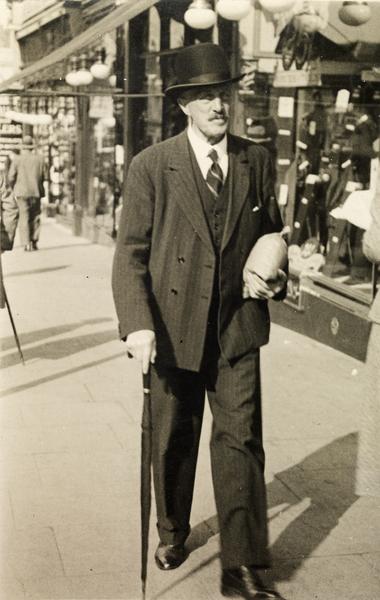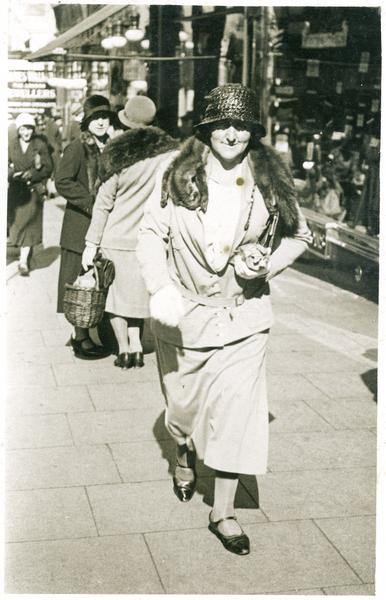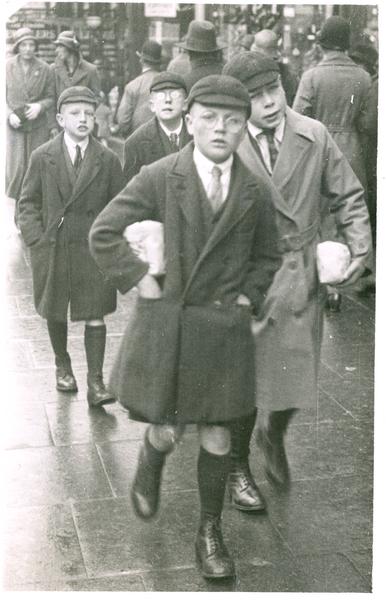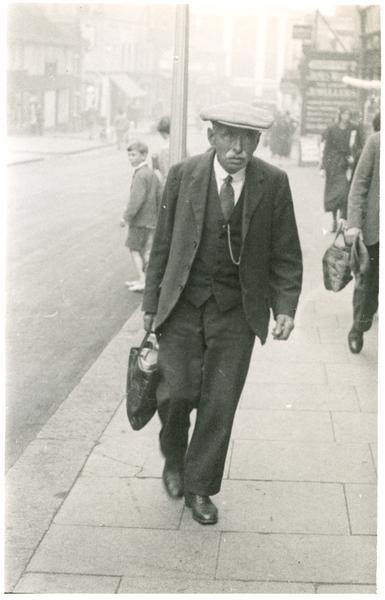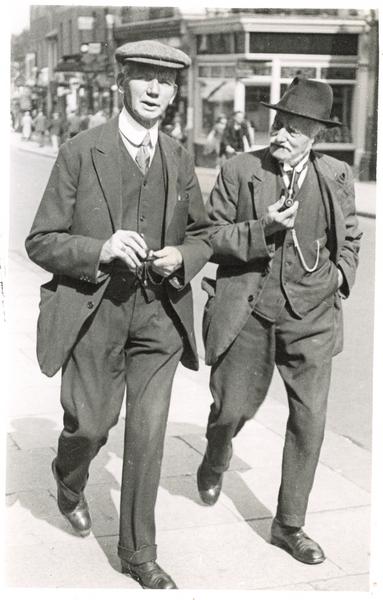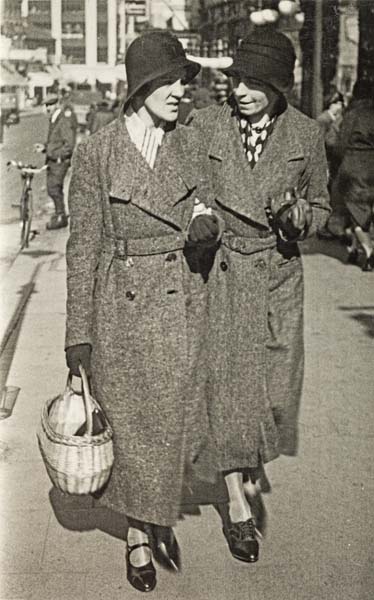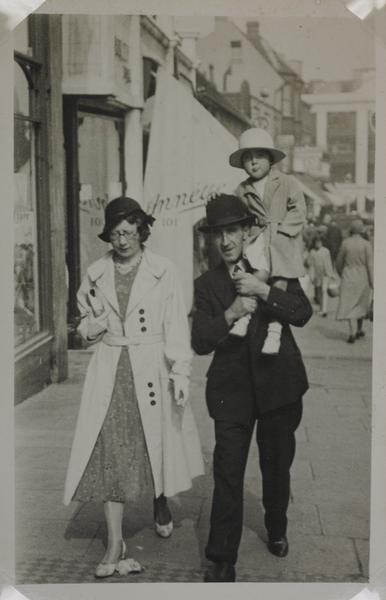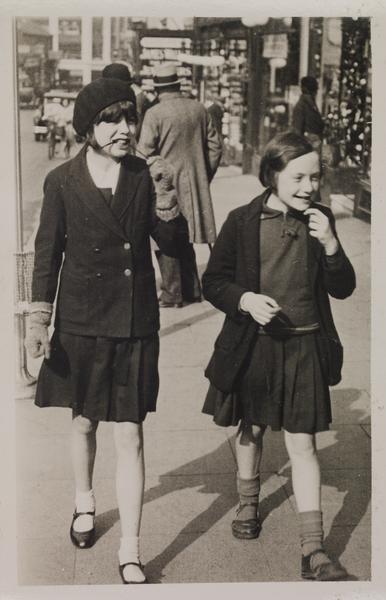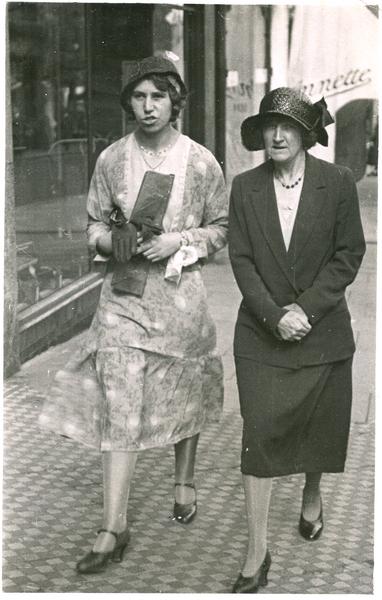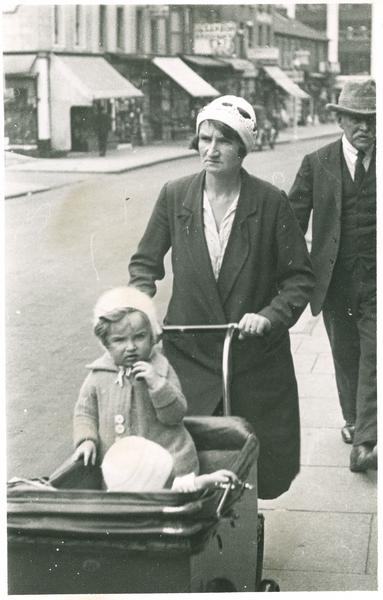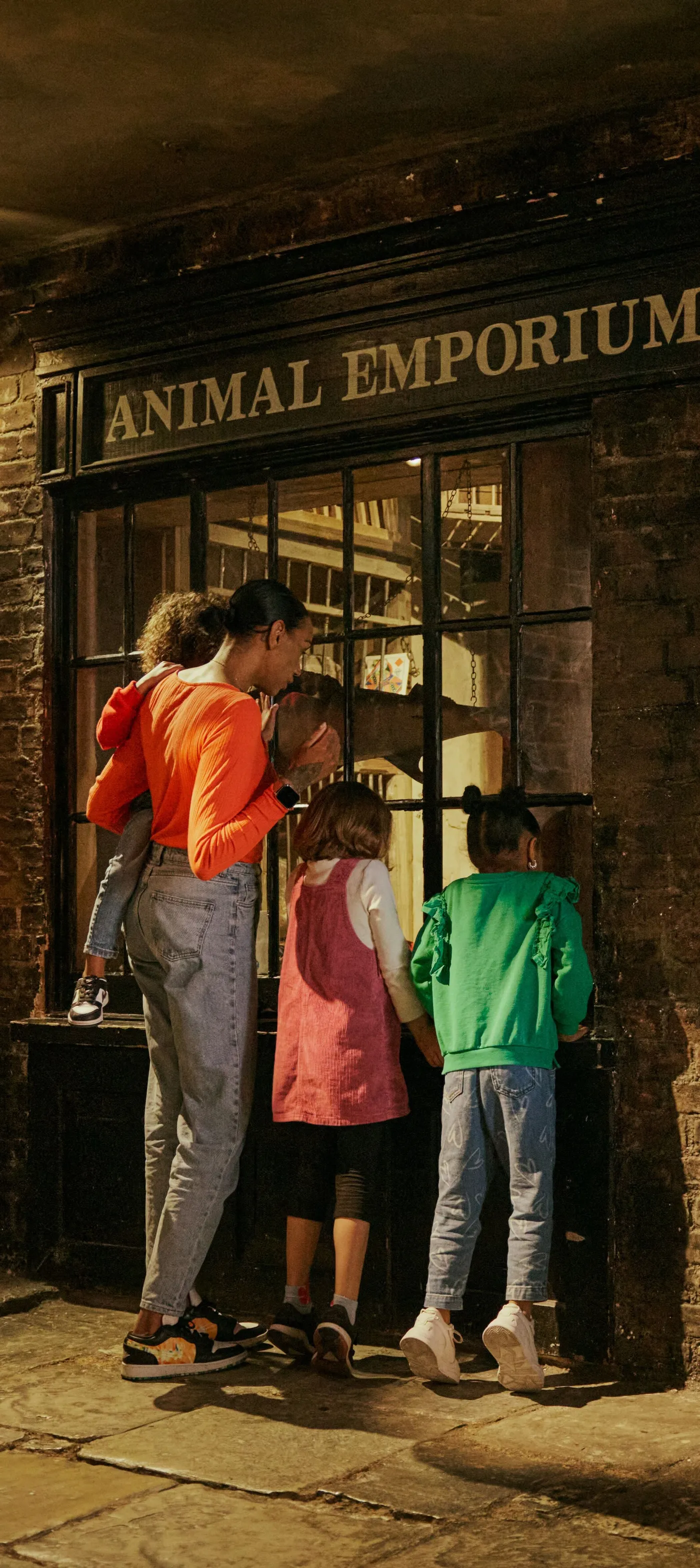Strolling along Sutton High Street
Our collection contains over 200 photographic postcards showing people on Sutton High Street in south London between 1931 and 1935. We don’t know who took the photos, but they give us a fascinating historical record of a middle-class London suburb.
Sutton High Street
1931–1935
The unknown photographer
These photos were taken on a 35mm camera and produced as postcards. However, we don’t know much more about them.
The photographer usually waited until the subject became aware of the camera before snapping the portrait. They were probably local, and it’s possible this was their business. Perhaps the photos were offered to the subjects once they’d been taken. But we can’t be sure.
A quick history of Sutton
When these photos were taken, Sutton was part of Surrey, not London. The town grew significantly between 1850 and 1880 thanks to a new rail line that passed through it, linking London with Epsom.
Sutton became popular with the growing middle class, with families who wanted a home away from crowded, polluted inner London, but with an easy commute into the city. In 1965, when the capital expanded its boundaries, Sutton became a London borough.
A fashion for fox furs
One of the first things you notice about the photos is how fashion-conscious the residents of Sutton were.
The woman in the left-hand photo above has a fox fur – head, legs, tail and all – draped across her shoulders. It was a fashionable item in the 1920s and 1930s. Artificial ‘faux’ fur was only beginning to be developed, and the ethics of wearing animal fur weren’t debated like they are today.
Then there’s the matching pair, who stand out for dressing in almost identical clothing. As with all the people captured in these photos, it’s hard not to wonder – who were they? Where were they going? What was on their mind that day?
Casual menswear
In the 1930s, menswear became more informal. The two men in the left-hand photo below are wearing lounge suits, complete with waistcoats and wide trousers, fashionably turned up at the hem. Notice how they’ve hooked the chains of their pocket watches onto a waistcoat buttonhole. Flat caps and trilby hats, as shown here, were common for streetwear and leisure.
Bowler hats, as worn by the man in the photo on the right, were reserved for business.
Older and younger
Some women stick to the fashions of their youth. The older woman in the left-hand photo below has kept the longer hemline of earlier times. The younger woman, meanwhile, has a fashionable clutch bag to go with her shorter dress. Both men and women were expected to wear a hat or head covering outside, a custom that lasted until the 1960s.
In the other photo, a woman is being pushed along in a wheelchair. The lightweight chair, known as a ‘bath chair’, was probably made of wicker. Its tricycle structure, with large rear wheels, was typical of older wheelchairs available at the time. The first folding tubular steel chair was only invented in 1932.
Kidding around
The postcards offer us a look at everyday life for children as well as adults.
By the end of the 1920s, most schools had adopted a similar uniform for boys, which included a blazer and school cap. Younger boys, typically below 14, wore shorts and long socks. Trousers were reserved for older boys or, at some schools, those above a certain height. On rainy days, both boys and girls wore belted mackintosh coats.
